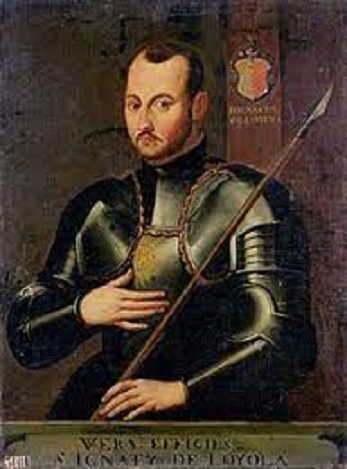St Ignatius Loyola, his conversion – wounded in battle, May 20 1521.
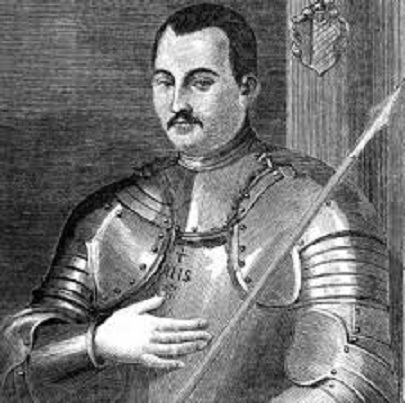
The beginning of half a millennium of his influence on the Church and beyond.
St. Ignatius Loyola was born in 1491, one of 13 children of a family of minor nobility in northern Spain. As a young man Ignatius Loyola was inflamed by the ideals of courtly love and knighthood and dreamed of doing great deeds.
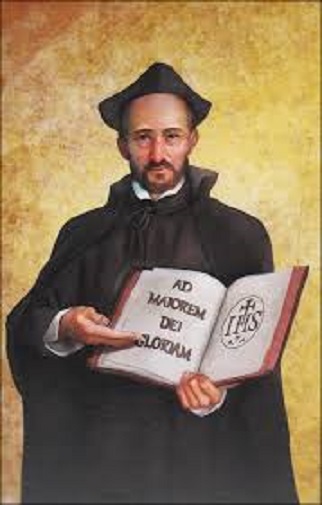
But in 1521 Ignatius was gravely wounded in a battle with the French. While recuperating, Ignatius Loyola experienced a conversion. Reading the lives of Jesus and the saints made Ignatius happy and aroused desires to do great things. Ignatius realized that these feelings were clues to God’s direction for him.
Over the years, Ignatius became expert in the art of spiritual direction. He collected his insights, prayers, and suggestions in his book the Spiritual Exercises, one of the most influential books on the spiritual life ever written. With a small group of friends, Ignatius Loyola founded the Society of Jesus, or the Jesuits. Ignatius conceived the Jesuits as “contemplatives in action.” This also describes the many Christians who have been touched by Ignatian spirituality.
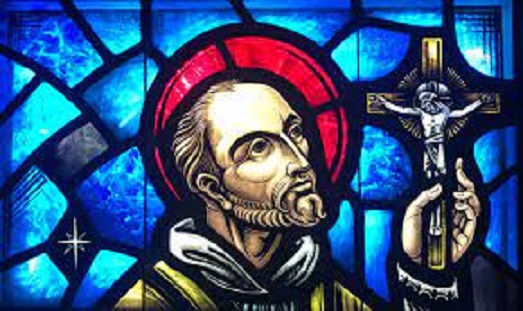
While defending the citadel of Pamplona against the French, Ignatius was hit by a cannonball on May 20, 1521, sustaining a bad fracture of his right leg and damage to his left. This event closed the first period of his life, during which he was, on his own admission, “a man given to the vanities of the world, whose chief delight consisted in martial exercises, with a great and vain desire to win renown” (Autobiography, 1). Although his morals were far from stainless, Ignatius was in his early years a proud rather than sensual man. He stood just under five feet two inches in height and had in his youth an abundance of hair of a reddish tint. He delighted in music, especially sacred hymns.
Spiritual awakening
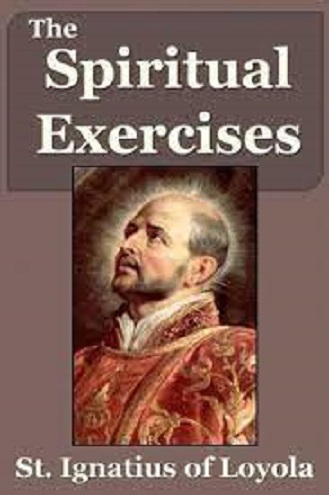
It is the second period of Ignatius’s life, in which he turned toward a saintly life, that is the better known. After treatment at Pamplona, he was transported to Loyola in June 1521. There his condition became so serious that for a time it was thought he would die. When out of danger, he chose to undergo painful surgery to correct blunders made when the bone was first set. The result was a convalescence of many weeks, during which he read a life of Christ and a book on the lives of the saints, the only reading matter the castle afforded. He also passed time in recalling tales of martial valour and in thinking of a great lady whom he admired. In the early stages of this enforced reading, his attention was centred on the saints. The version of the lives of the saints he was reading contained prologues to the various lives by a Cistercian monk who conceived the service of God as a holy chivalry. This view of life profoundly moved and attracted Ignatius. After much reflection, he resolved to imitate the holy austerities of the saints in order to do penance for his sins.
